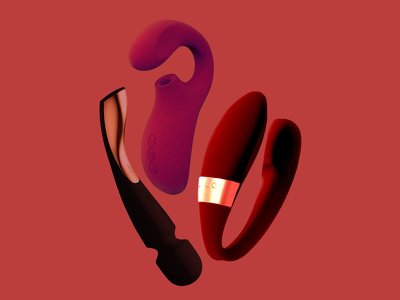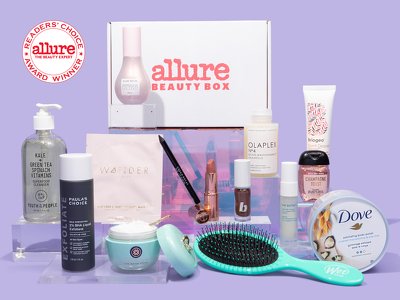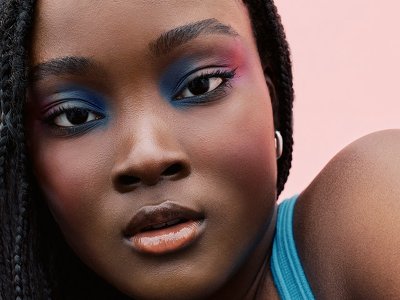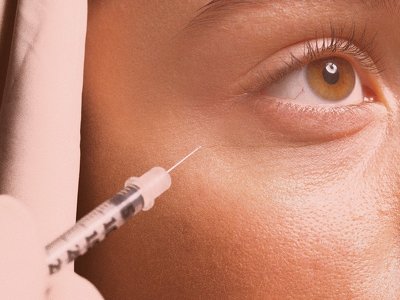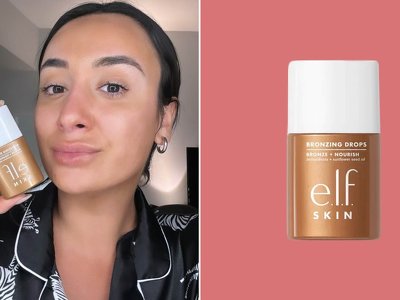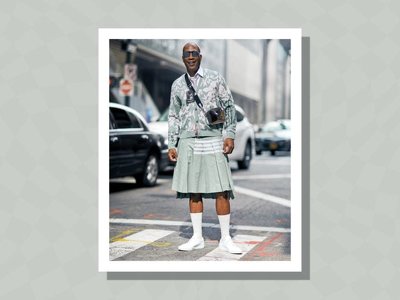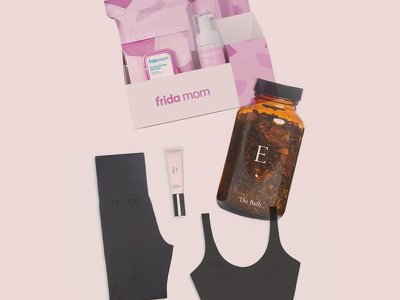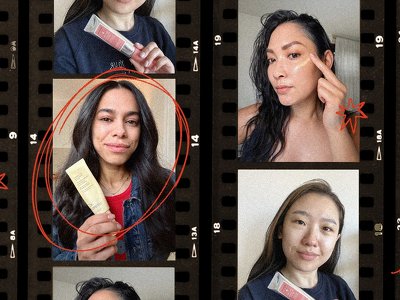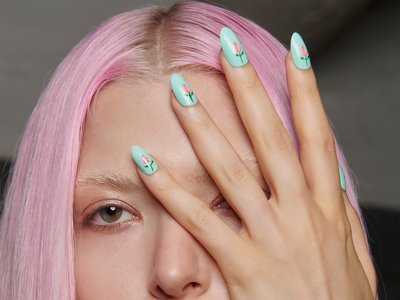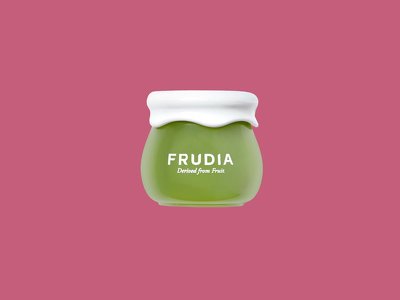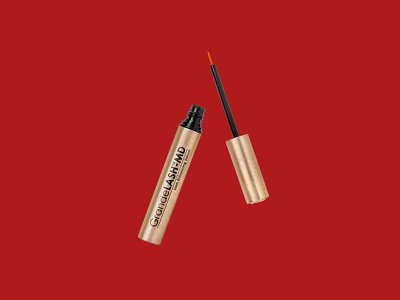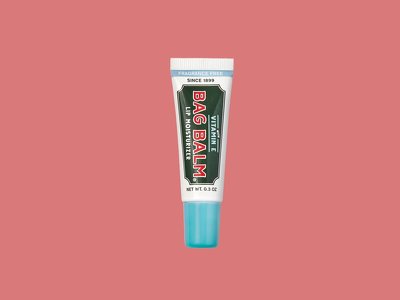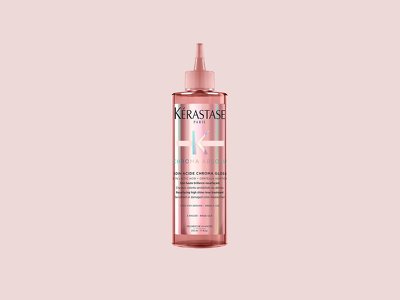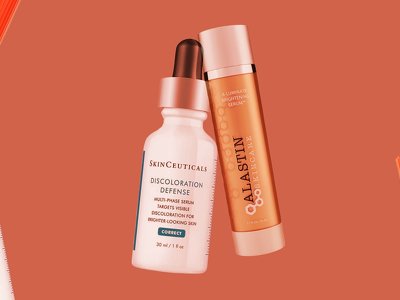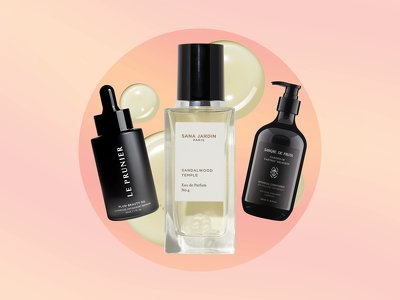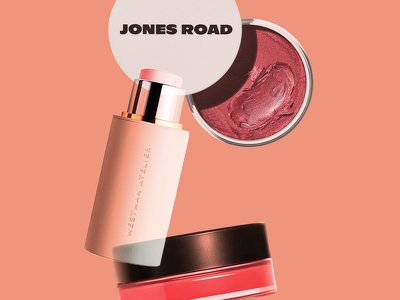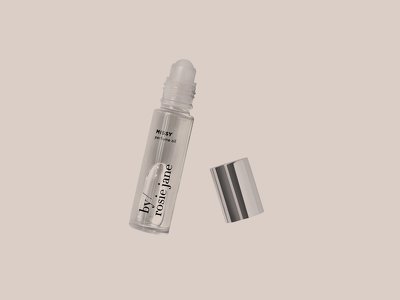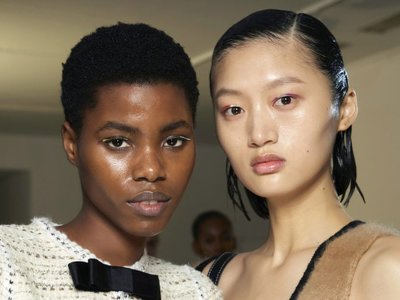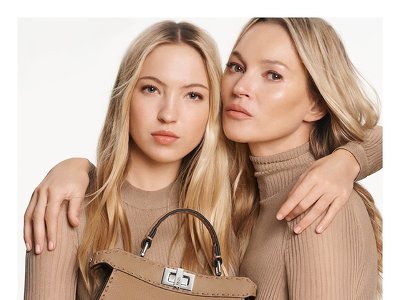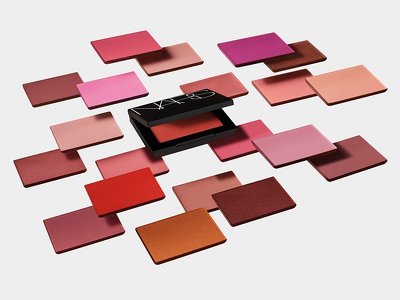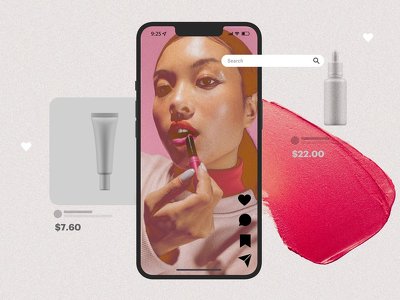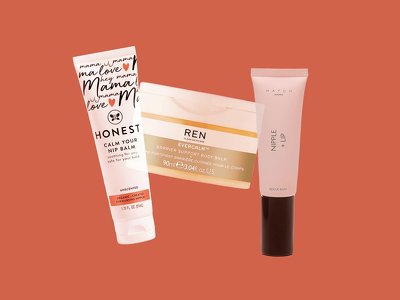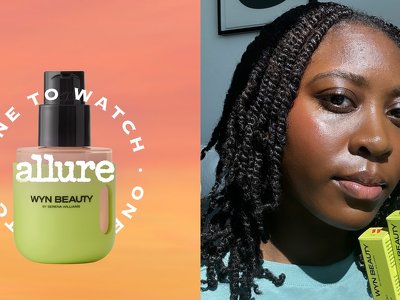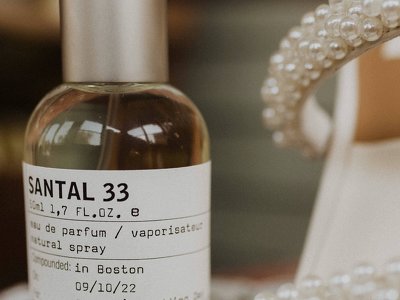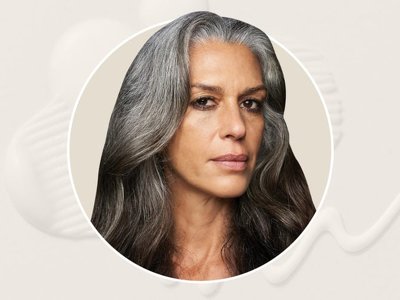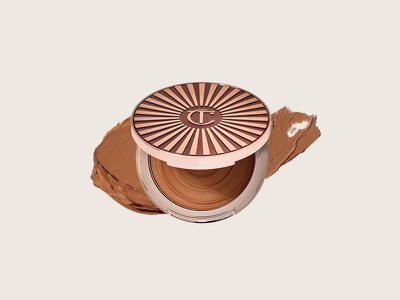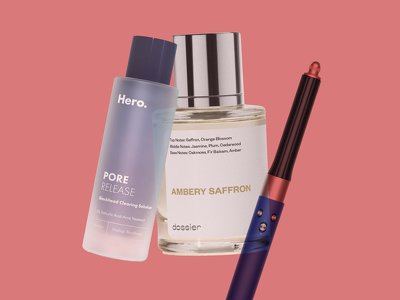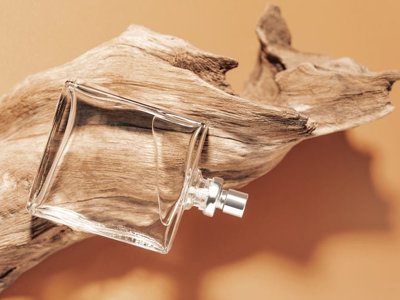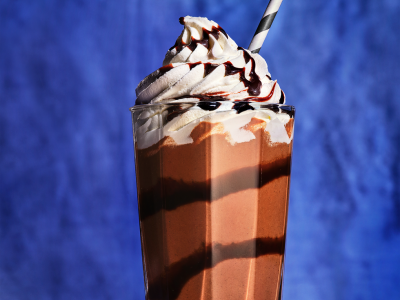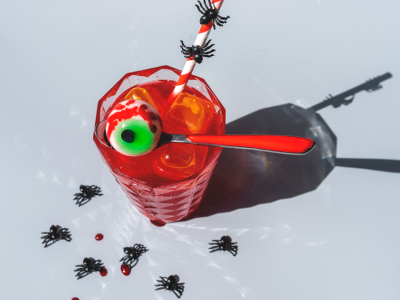Why People Are Freaking Out About "Sunscreen Doping"

All products featured on Allure are independently selected by our editors. However, we may receive compensation from retailers and/or from purchases of products through these links.
It seems we can’t go more than a few weeks without another sunscreen scandal. There’s been concern over misrepresented SPF values, claims of “poison-free sunscreen,” a spike in beef tallow SPF “alternatives” (note the quotation marks), and an FDA crackdown on mousse formats—and that’s just over this past summer.
Sure, many skin-care users will recognize that some of those headlines are total hogwash (your average sunscreen does not, in fact, contain poison), but we can’t ignore the very real concern and confusion that arises each time SPF is somehow called into question. After all, sunscreen is no small matter: Our health and safety are at stake.
The latest SPF-related chatter flooding our collective feeds caused even we beauty editors to scratch our heads: TikTok is rife with talk about “sunscreen doping” and claims that mineral SPF formulas might not actually be 100% mineral. Wait, what? Of course, straight to the experts we went.
Meet the experts
Sunscreen doping is a term used in academia that became more popular among consumers a few years ago thanks to the skin care brand Pavise. The phrase is used to describe the use of so-called boosters in mineral sunscreen formulas. More specifically, it refers to the trend of brands forgoing chemical filters so they can say that their sunscreens are mineral, only to include ingredients that—while not technically chemical filters—function very similarly to them.
Make no mistake, the term implies a negative connotation, drawing a comparison to doping in sports to suggest that certain sunscreens are enhancing performance through undisclosed means. In this case, the means of “cheating” is burying the names of ingredients other than mineral actives listed on the drug facts label.
Pavise and its founder Sophie Bai, a biomedical engineer, declined to respond to interview requests. Instead, a representative pointed us to a March 2024 episode of the podcast Gloss Angeles in which Bai discussed the topic (“This is a very competitive industry… everybody wants a very high SPF number but also wants the cosmetic elegance but also wants it to be cheap…,” she said then) as well as a peer-reviewed research paper from 2023 that concluded that “sunscreen users concerned about possible adverse effects of chemical filters on their health and/or on the environment may wish to avoid inaccurately labeled mineral sunscreens as well as chemical sunscreens with prohibited levels of chemical filters.”
And yet all our experts agree: The use of boosters in sunscreen formulas is incredibly common, and not inherently bad. So then, what’s the issue? Let’s start from the beginning.
According to Gloria Lu, a cosmetic chemist and co-founder of the educational platform and skin-care line Chemist Confessions, the phrase “SPF booster” is really just an umbrella term to describe ingredients that increase the efficiency and/or efficacy of UV filters in sunscreen. How exactly they do so can vary—some improve formulation stability or application uniformity (making it less goopy and easier to spread), while others help maintain a given SPF level over time or even contribute to overall SPF value, actively absorbing UV radiation. (A quick refresher: Mineral—also known as “physical”—sunscreens work by reflecting and scattering the sun’s rays. Meanwhile, chemical sunscreens absorb UV rays and convert them into non-damaging heat.)
Boosters are not sunscreen filters themselves—when tested as single ingredients, many SPF boosters aren’t actually all that effective at providing UV protection on their own. But when used in conjunction with an FDA-approved filter (be it chemical or mineral), they can greatly increase that pre-existing protection, explains Kelly Dobos, a cosmetic chemist and adjunct professor of cosmetic science at the University of Toledo.
According to a 2016 study, the increased demand for sunscreens with continuously higher SPF values as well as a push to make more cosmetically elegant mineral sunscreens has led to the popularization of these types of boosters. Coupled with the FDA’s lack of approval of new sunscreen ingredients over the last several decades (many of which would likely make existing formulas more pleasant to use), it’s no wonder chemists and ingredient manufacturers—many of whom, Dobos believes, are genuinely striving to develop more effective and innovative sun protection solutions—have increasingly turned to boosters.
This is especially true when it comes to mineral sunscreen formulas. Both zinc oxide and titanium dioxide, the most common mineral filters, are notoriously finicky ingredients—the thick white powders are cosmetically inelegant and prone to leaving white casts, particularly on deeper skin tones. By adding SPF boosters into mineral sunscreen formulas, brands are able to boost SPF values while reducing white cast and improving texture, says Charlotte Palermino, a licensed esthetician and a co-founder of skin-care brand Dieux.
While these boosters don't require FDA approval before being used in cosmetics (since they’re not drugs, they don't require the same amount of testing as other sunscreen ingredients), they still exist in formulas that require FDA-regulated testing. “Using boosters doesn’t ‘cheat’ the system—the SPF value on the label reflects actual tested performance,” Lu says.
In a word, nothing, at least when it comes to the safety of your sunscreen.
“The concern only arises when brands market products as ‘100% mineral,’ and demonize non-mineral ingredients while still using boosters,” Lu explains. This is the crux of sunscreen doping.
Over time, mineral sunscreens have gained a reputation as a “healthier” or “cleaner” choice for both people and the planet. The words “mineral” and “chemical” themselves play into this fallacy, given the widespread demonization of chemicals at large. In researching this story, it became clear that even brands that don’t explicitly demonize chemical sunscreens loudly and proudly sing the supposed praises of mineral ones in blog posts and on social media.
But for most people, there’s no valid reason to fear chemical filters—the only medical reason being a true allergy, says Corey L. Hartman, MD, a board-certified dermatologist and founder of Skin Wellness Dermatology in Birmingham, Alabama.
The argument that chemical sunscreens are unsafe gets even more muddled when the booster being used instead is structurally similar to an FDA-approved sunscreen filter. These types of ingredients are called analogs, Palermo explains. Take butyloctyl salicylate, a commonly used SPF booster that’s an analog for approved chemical UV filter octisalate. While they might function similarly, butyloctyl salicylate has not been formally petitioned for recognition as a sunscreen active by the FDA, Dobos says, so it is simply not acknowledged as such—even if it is working in the same way a similar, approved filter would.
“If chemical filters are ‘unsafe,’ why use an analog?” Palermo asks. “Either you don’t understand sunscreen—which begs the question, why are you making sunscreen?—or the brand is okay with misleading their community for a sale.”
There is, however, also some concern about the concentrations being used. For example, in the U.S., it’s illegal to sell a sunscreen with more than 5% octisalate due in part to potential environmental damage when worn in the ocean, Palermo says, but perfectly legal for a formula to have 10% butyloctyl salicylate—which, if you recall, functions similarly.
“Sunscreen boosters haven’t been subjected to the gauntlet of safety testing that [FDA-approved UV filters] are currently subject to,” Dobos says. “While these boosting ingredients may be safe as currently used, we just don’t have the same amount of data.”
In the same way there’s no conclusive data to say chemical sunscreen formulas are inherently more toxic than mineral ones, there’s no conclusive data to say SPF boosters are inherently safe or unsafe.
The good news is, unless you’re actively allergic to chemical sunscreen filters, there’s really no need to worry about sunscreen doping from a health perspective. Just know that despite 100% mineral claims, you might, in fact, be using a chemical-mineral hybrid sunscreen—which are fairly common in regions like Europe and Asia that are known for having far more cosmetically elegant SPF formulations than what we can purchase here in the U.S.
There are, however, a few tools you can use if you’re looking for more information surrounding sunscreens and SPF boosters.
Dieux’s Sun-Screener tool is “made to help people understand their sunscreens through education, not fear,” Palermo says. (FWIW, Dieux’s current product lineup doesn’t currently include sunscreen.) . All you have to do is copy and paste your sunscreen’s ingredient list (which you should be able to easily find on the packaging or brand website) into the Sun-Screener page, and it’ll break down the active UV filters and UV boosters, if any, in the formula. Further down on the same page, the brand has created a glossary that explains down the types of ingredients typically found in sunscreens, as well as a host of blog posts going deeper into more-specific sun-care related topics.
Meanwhile, Dobos encourages people to seek sunscreen information from trusted, science-backed sources like the Skin Cancer Foundation and the American Academy of Dermatology, both of which say the best sunscreen is the one you’re most likely to use—be it mineral or chemical—so long as it is SPF 30 or higher.
And, of course, Dr. Hartman says you can always bring your sunscreen to a board-certified dermatologist for guidance on what is in the formula and if it’s suitable for your particular needs. Remember, at the end of the day, sunscreen has proven to be the single most important step of any skin-care routin
- Last
- April, 28
-
- April, 27
-
- April, 26
-
-
- April, 25
-
- April, 22
-
-
-
-
- April, 16
-
-
-
-
-
- April, 15
-
-
-
- April, 13
-
-
News by day
18 of September 2025
